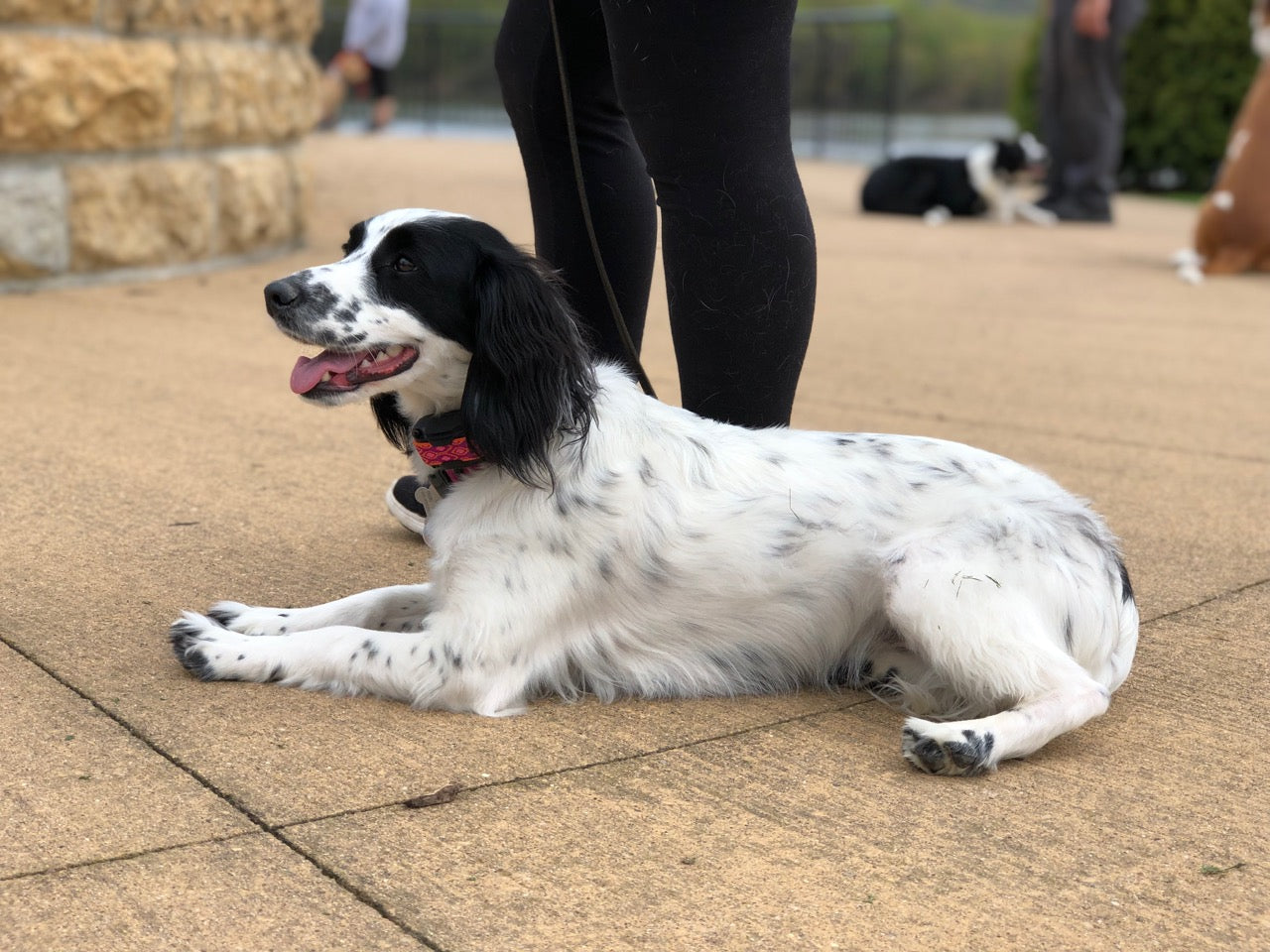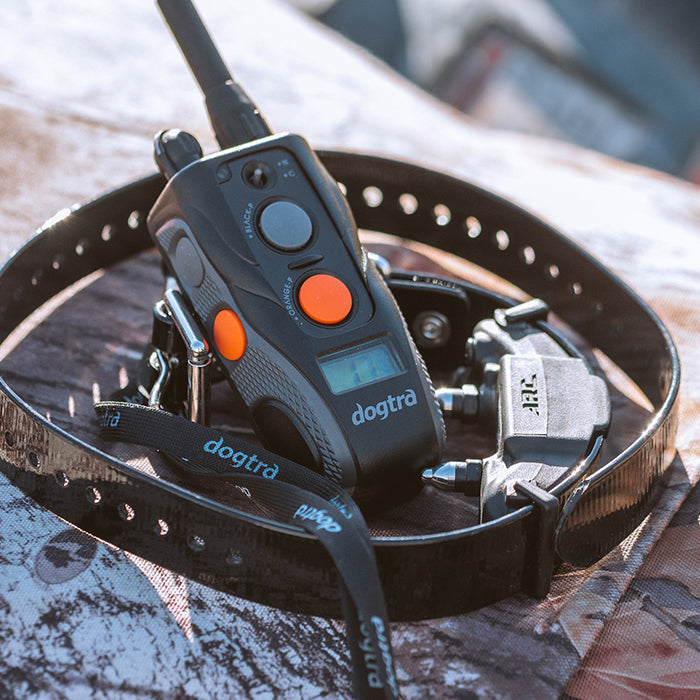6 SIMPLE STEPS FOR EFFECTIVE DOG DISTRACTION TRAINING

Most pet owners can teach their dogs to perform basic behaviors like sitting, lying down, or coming when called. But many of those owners struggle to achieve a level of reliability that holds up when the dog is distracted. There is a significant difference between a dog being able to sit and stay in the kitchen while waiting for a treat and sitting and staying when the doorbell rings or when a squirrel runs across the yard. If you want to have a truly well-trained dog, understand that there is a difference between learning behavior and generalizing that behavior.
The distance between those two concepts is considerable and it is where most dog owners get frustrated and give up on their dog’s training. Dogs learn behaviors fairly quickly. Any puppy owner can attest to the fact that it didn’t take long to get the pup to sit or shake when they held up a treat. But, expecting that same pup to hold the sit when there is some enticing distraction nearby is far more challenging to achieve, and that is where the generalizing (or proofing) phase of training comes into play. The proofing phase of training takes some time, but it is highly rewarding as you see your dog’s improvement growing exponentially.
Here are six top tips for training a dog to be reliable around distractions:
1. Practice Regularly
Training a dog is similar to preparing an athlete to perform in a game. High-performing athletes don’t just show up, play, and expect to win. The coach pushes them. There is an investment of time and effort in working through practice drills that prepare for the real thing. Practice daily and consistently. Use routine situations like your daily walk together, greeting opportunities, or play and meal times to hold your dog to the standards you envision.
2. Gradually Increase Distraction Levels
It is necessary to teach behaviors in a fairly sterile environment but don’t stick with that same sterile situation for long. If you want a reliable dog, you have to add increasing levels of distraction to your practice sessions. You can start simply by using your rewards (toys or treats) as distractions. Ask your dog to perform a behavior and toss the reward while helping the dog continue to perform the behavior before releasing the reward.
This simple concept helps your dog develop an understanding of impulse control and learn to stay and wait for permission to go. As you develop better control, take the training out and about. Work with the dog in ways and locations that simulate the types of distractions you expect to encounter in your life together. Practicing the skills in a variety of situations and under increasing levels of distraction exposes the dog to more realistic situations. As you create a history of successful repetition, your dog is better prepared to encounter the real thing when it happens unexpectedly.
3. Learn to Read Your Dog’s Body Language
Successful training requires that you to anticipate that the dog will make mistakes. The better you are at reading signals of excitement and arousal, the faster you will be able to intervene to keep your dog on task. It is difficult to get a dog to come back when called if he is already fully engaged in the pursuit of a rabbit. But success comes more easily if intervention happens just as the chase begins. And training is even more effective when we intervene just AS the dog notices the rabbit, before the chase ever starts! When training with a remote collar, this moment of arousal is the ideal time to use a light tap of stim to refocus the dog on you and remind him to stay on task.
4. Practice Situational Awareness
One of the biggest reasons pet owners struggle with gaining reliability around distractions is that situations catch them off guard, and they aren’t prepared to take action when a sudden issue pops up. Learn to scan the environment. Tune in and become aware of sights, sounds, or situations that will compete for your dog’s attention. Increasing your awareness means you will notice the things your dog might notice, and then you can become proactive rather than reactive to situations.
5. Practice Preparedness
There is a reason there are so many dog training tools available for today’s pet owners. Tools help create a better-behaved dog. But none of the tools are useful if you don’t have them available or on the dog when needed. Keeping a light leash attached to your dog even when inside the house is a simple technique that makes it much easier to manage problems that come up unexpectedly. The same goes for those of you training with remote collars. Have your dog wear the collar for routine parts of the day when you are supervising, and have the transmitter easily accessible. Being prepared for events like an unexpected visitor to your door will ensure your training and expectations remain consistent. High levels of consistency will create a reliable dog.
6. Match Rewards to Distraction Levels
When training a dog to behave well in distracting situations, providing a higher reward can be an effective incentive. By offering a more enticing reward, such as a treat or praise, when the dog successfully behaves in a more challenging environment, they learn to associate that behavior with positive outcomes. This reinforcement encourages the dog to remain focused and respond appropriately, even in the face of distractions. Additionally, offering high-value rewards can help to build a stronger bond between the dog and the trainer, as the dog learns to associate good behavior with positive attention and treats. With consistency and patience, this type of training can lead to a well-behaved and attentive canine companion.
Final Thoughts on Dog Distraction Training
As you’ve read over these tips, I suspect you’ve noticed a theme develop. Developing reliability is about practice. If your dog is ill-behaved, please don’t complain about the results you didn’t get from the practice you didn’t do!
Your dog is plenty smart, but you can be smarter. Now that you know what to do, get out there and do the work.
Happy Training!




